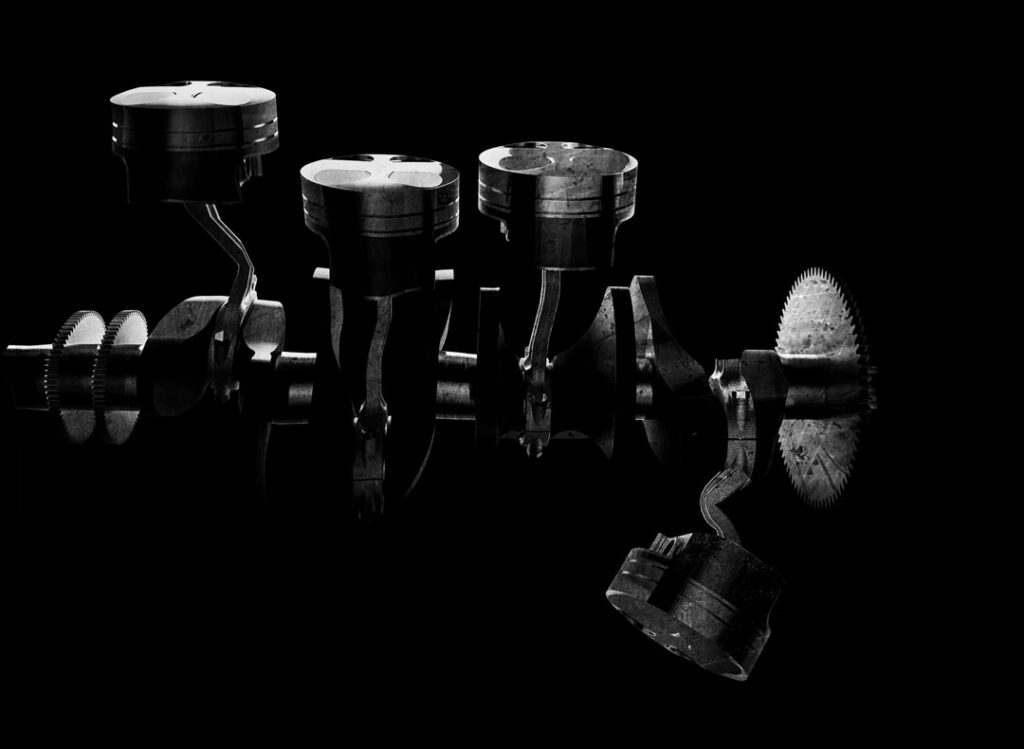Gitomer: Uncover your selling secret

JEFFREY GITOMER Sep 4, 2015 | 11:00 am
3 min read time
664 wordsBusiness Record Insider, Sales and MarketingThink about the last few things you purchased. They hold the secrets to increasing your sales.
If you list the last 10 things that you purchased you will discover the motives behind your own buying decisions, and at the same time, you will discover the formula for why others buy. Those “others” are your prospects, your potential customers; you know, the ones that you are erroneously trying to “sell.”
When you list the 10 items, do it on a spreadsheet. In the second column write down whether you needed what you bought, or just wanted it. In the third column, write down whether you could afford it on the spot, or you went over budget and had to charge it.
In the next column, write down how you purchased. Did you go to them, did they come to you, or did you buy it online? If you bought it online you might want to enter what time of day you bought it. A high percentage of online purchases are made after 8 p.m.
In the next column, write down whether or not you liked the salesperson (assuming there was one). In the next column, write down the percentage of influence that the salesperson had in completing the sale — one being the low, 100 being the high.
In the next column, enter your risk factor in making the purchase — one being the low, 100 being the high. In other words, how much did you fear the purchase, and how much did you fear you were making the right purchase before you bought (usually the higher the purchase — home, car — the more hesitancy).
In the next column, write the word “price” or “value.” If you went for price only, write price. If you went for value, the most, then write value. There’s a caution here: only put the word “price” if you went for the lowest price in the category, not the lowest price for the item. In other words, if you bought a BMW you didn’t buy price, you bought value regardless of where you bought it.
In the next column, rate your experience by percentage, one meaning “I’ll never come back,” and 100 meaning, “I’ll be back, buy again, and tell my friends.”
Then in the final column, write a sentence or two about how it happened. Write enough so that you understand what caused you to purchase of the item, and then what caused you to purchase it from that specific company.
Once you read over the spreadsheet you may find that you want to modify a few of the answers to get closer to your own reality.
Let’s take it a little deeper.
When you finished buying were you happy? Did you find yourself saying it was OK, but…? It’s important that you note all the “buts.” The buts are the obstacle to your purchases AND your sales.
Did you learn lessons each time you bought about what you promised yourself you wouldn’t do again? Those also are obstacles to your sales. And were there cases where you selected one vendor over another? Note those reasons because they are obstacles to your sales too.
Now let’s compare the way you buy to the way you sell. How compatible are they? Are you throwing up the same barriers that the people you bought from gave you? Are you missing the same nuances in your selling process that caused you to buy or walk away?
Now it’s time for the ultimate question: Would you buy from yourself? Unfortunately the ultimate answer is: probably not. The reason is, you haven’t modified your selling process to harmonize with the way your prospects buy.
There’s a hidden treasure though. That treasure will be revealed to you when you go read (or re-read) “Acres of Diamonds” by Russell H. Conwell. All the sales answers you need are buried in your own back yard.
You already possess the treasure. You just haven’t discovered it yet.








